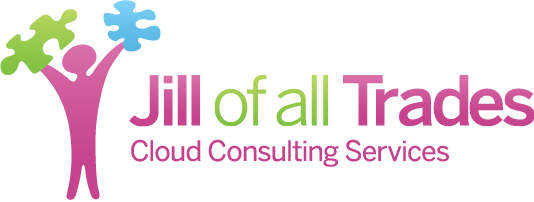Using Your MYOB Business Online will help you cut your IT costs, maximise the flexibility of your systems, and be able to run your business from anywhere in the world.
Once logged in, access to your data is instantaneous. By clicking the dashboard, this gives you a snapshot of Flowcharts by Cash Inflow/Outflow plus Sales,
Purchases & Item Flowcharts. A quick click to the right of the same screen directs you to Receivables & Payables by invoice number and dollar
value, showing past Due and Balance Due. The Dashboard’s “pull down menu” allows access to Sales & Purchasing Module, enabling creation of item
& service invoices, orders, quotes and credit notes, likewise using the Purchase Module, making payments & settling credit notes. Contacts
can be created by customer, vendor and employee with ease. Another neat feature is the visual toolbar showing Revenue YTD, Gross Margin YTD, Unpaid
Invoices, Unpaid Purchases Invoices Overdue (days) and Sales MTD. Printing options are by email, pdf or local printer. Customisation of invoices and
purchase orders simple and quick deployment with option to insert company logo using browser.
Features
Easy to use web interface for your MYOB Software
Using a web browser view and process your business accounting data online, in real-time, via a fresh new web interface. No more costly Terminal Servers
or slow remote desktop connections.
Always have up-to date financials
Process invoices, purchases and contacts from any browser and your data is updated in your MYOB package real time.
Multiple offices? No problem
Allow all your offices to access the same data at the same time. Now all your offices will be in sync.
What is Cloud Computing
“Cloud Computing” refers to numerous technology functions that are available as a service via the cloud (in other words the Internet). You don’t have to
buy or lease any new hardware; you pay a monthly subscription for the use of this service.
Most businesses are already using some SaaS tools, such as Facebook, YouTube, Gmail, Linkedin, Twitter and Hotmail, which are all free examples of software-as-a-service
delivered via the cloud. Another example of Saas delivered via the cloud is Google Docs – using your Gmail to access and store documents, photos, thereby
inviting colleagues and friends you collaborate with to access these stored on-line documents .
